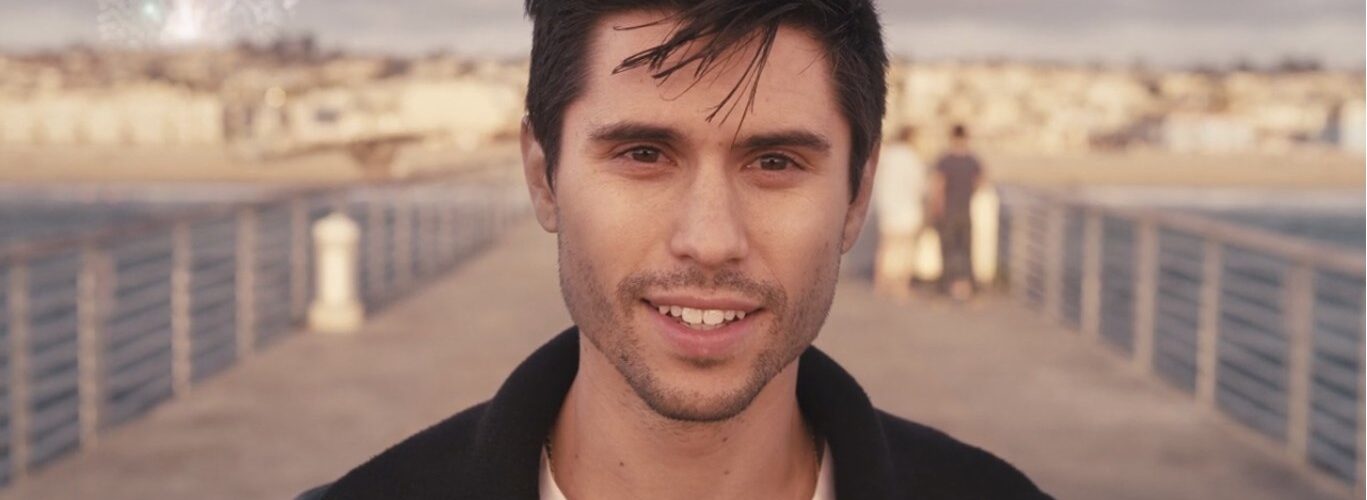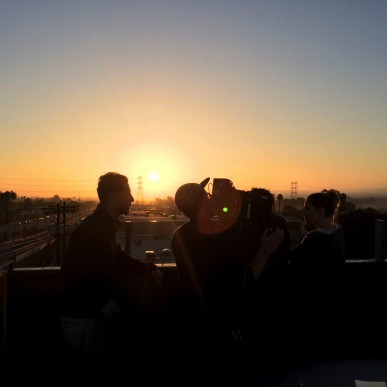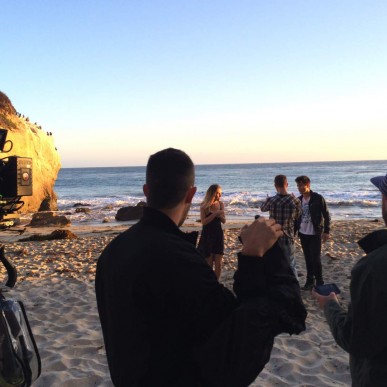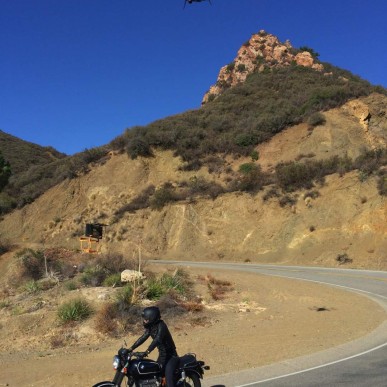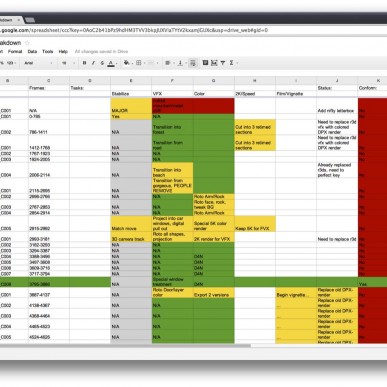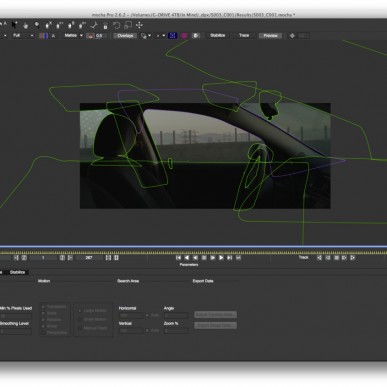
You know how it’s said that in your final moments your life flashes before your eyes? Well personally, given the amount of time I seem to spend in front of my laptop I truly hope that my fading synapses perform an emergency edit to screen a highlight reel of the moments which actually meant something. Speaking of which, Robert Nyerges & Matt Hardman’s debut music video In Mind for Brothertiger – produced under their collaborative banner of Stockton Lane – is a perfect blueprint for the type of memories I wouldn’t mind cashing out to. We asked Robert and Matt to take us through the challenges of weaving a dreamlike flow of memories on screen.
Robert Nyerges
The video for Brothertiger’s song In Mind is the first music video that my longtime creative collaborator, Matt Hardman, and I directed under the alias of Stockton Lane. When we initially began conceptualizing for the song, the artist had expressed his interest in seeing young lovers frolic in a forest while setting off fireworks. We loved the idea but it certainly took a number of brainstorming sessions, as well as some individual soul searching, before we really connected with the right narrative. We primarily focused on the lyrics for the proper interpretation of the artist’s message, and ultimately we decided that the lamenting nature of the words would be best illustrated as a lost-love tragedy. However, we didn’t want to create the standard-fare love story so decided to push ourselves one step further and take the title of the song quite literally.
Almost the entirety of the music video takes place inside the mind of our main character as he lays dying on the pavement after a motorcycle accident. The opening aerial shot captures a glimpse of fireworks off in the distance, which become a figment of reality. It’s like they’re stuck, imprinted into his brain, as the last thread of real life that he saw before crashing. You’ll notice that they’re in the exact same place in every scene.
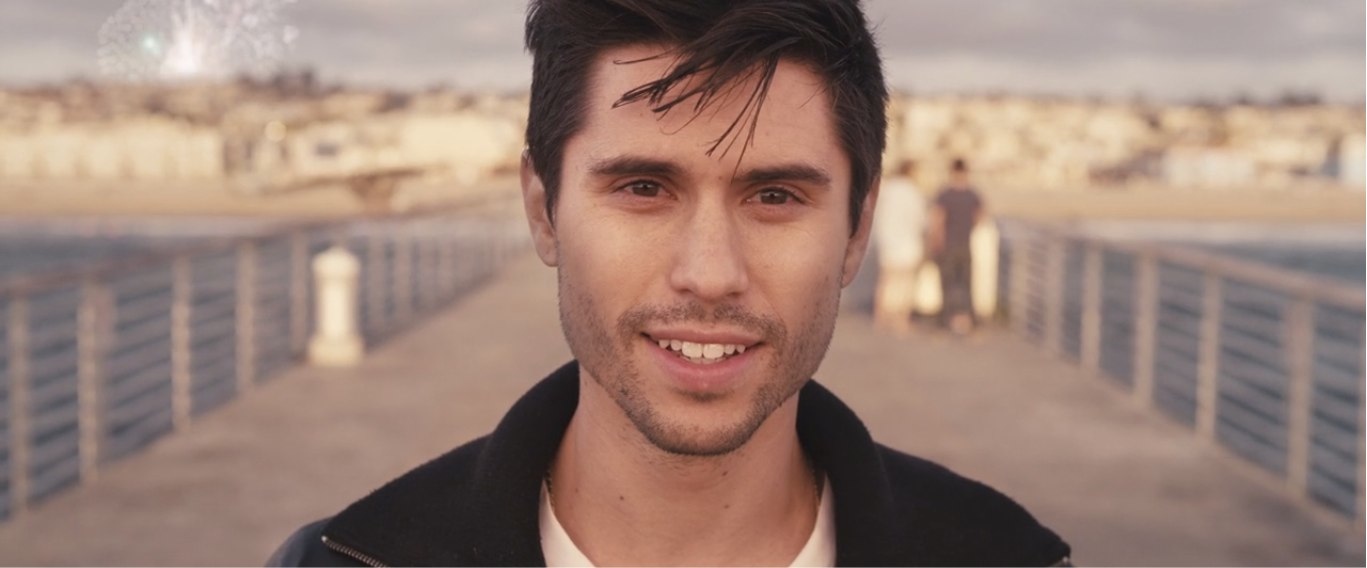
We also wanted our main character to constantly be moving forward as he literally, and figuratively chases the memories of his one true love in a race against time. He continues to go deeper and deeper into his subconscious, fighting to advance when necessary, until he finally arrives at the place where they locked eyes for the first time. Only then can he pass into the afterlife.
Production took place over two days in October of 2013, followed by months of visual effects work to create the dreamlike flow of this cerebral journey. We enlisted the amazing, and wildly talented cinematographer Chris Westlund to realize our world using the RED Epic with Leica Lenses, and most of the production was shot on Steadicam to add fluidity while changing from memory to memory. Our wonderful cast, Frank Raducz Jr. and Lindsey Kuhl, were simply fantastic to work with. They were both able to fully realize and embody the nature of their counterparts.
Matt Hardman
About the ‘dreamlike’ flow, I’d have to say the majority of work for VFX was addressed in prep. At least the creative part. From the beginning, Robert and I had the idea to use some sort of ‘gimmick’ to transition between each dream sequence. We knew it had to be neat enough to pique an interest, but subtle enough to not detract from the story.
Robert devised a fantastic road map of the song, a second by second breakdown with markers for our scene transitions. This was also a great tool to be able to print and tangibly write on, hundreds of times, as we refined the structure. From this, we had to translate the ‘real time’ speed to the 96fps we shot in (4X). For example, the opening shot of our hero on the pavement needed to cut 19 seconds into the song. In realtime, that meant our steadicam operator had to truck across the street, over the debris, and land on the subject’s face in 4.75 seconds. We approached each scene with these calculations in mind, making post production decision-making a breeze. I am extremely proud of the way Robert and I communicated with each other and the crew. I’ve always said that if we went into separate rooms to storyboard, we’d come out with identical drawings (except mine would be stick-figures!).
While the post-production decisions were simple, the technical process was tedious! We could not have prepared for that aerial shot! Believe it or not, that was the toughest shot in post production. The clip was extremely unstable, suffered from awful rolling shutter/motion blur, and failed to include any section of the sky. This was essential for us to initiate the fireworks on the left side of the frame. The solution: insert a fake canyon! Well… all of the elements are real, except the fireworks. I was able to piece together parts from other aerial takes, a little Photoshop cloning here and there, and viola! If only… Before any of this could be done, I had to eliminate the shakiness and worse, the rolling shutter/jitter. There were sections that were unusable from extreme shake. I devised a solution, using various frame blending techniques, to delete the bad frames and interpolate between the okay ones. It’s not perfect, but worlds better.
In reflection I would do several things differently. First, I would love to have had more time with our drone. Our half day was largely spent experimenting and trying to communicate our dream to the operators. Second, I regret not shooting with a higher shutter speed and allowing them to fly the Red Scarlet with Canon glass, when our Epic package was sitting on the ground – the extra 2k in resolution would’ve been helpful in stabilizing/solving the camera issues! I also wouldn’t trust aerial companies who promise they can pull-off any shot, as described over the phone. Drones are fantastic and I look forward to using them again, but with a cautious and calculated approach.
We used Adobe Premiere to edit the piece. I loved that we could edit the 5K r3ds in a 5K timeline without any need for transcoding. We just about cut the video in a day, thanks to the handy map from our prep. Robert set timeline markers at our ‘tentpoles’ and conformed the cut to align. From there we debated about a few performances/takes and then moved immediately to color, using Davinci Resolve.
Before any project, Robert and I create look-books and so had references for each scene. We wanted there to be variance in each memory. You’ll notice one is very brown, one green, one orange, purpley, and then blue, and this is all natural from the locations. Color correction only enhanced what was there (with the exception of the Day For Night – INT. Car). The scene at the Metro is enhanced with a slight vignette and has a higher diegetic contrast than the others, largely due to us dressing the background actors in all black and shooting against lighter cement. This was a sort of metaphor for the ticking time bomb, a tension pressuring our hero to fight through each scene to get to THE memory. We couldn’t hire 100 Agent Smiths, unfortunately.
There were some color/VFX tricks to help sell the transitions, as well. The most obvious example is the car at the beach/rooftop. I colored the interior of the car and the beach plate to match each other, then colored a second version of the shot that is seen as the camera settles. The following transition to the Metro does the same thing, where the glass door of the Metro is colored to match the Day For Night from the interior car scene. It may look like tinted glass at the metro, but it is exactly what Robert and I set out for when desiring subtle, yet gimmicky transitions.
- VFX Breakdown
- Boujou
- Roto
The fireworks were created using particle simulator plugins in After Effects. All VFX shots were 3D tracked using Boujou. Rotoscoping using Mocha Pro. Minor frame speed adjustments/blending were made using Kronos in Nuke and everything went out to 2K DPX 10bit sequences for a final render. Shooting in 5K was absolutely helpful for anytime we had to crop for stabilization or digitally zoom, as seen in the first transition from the pavement to the park.
Overall I am very happy with the result. It is nearly identical to our original vision, which is always the intent when setting out to tell a story. Obstructions will always exist and how you roll with the punches and work with your available resources to share the story is key!

